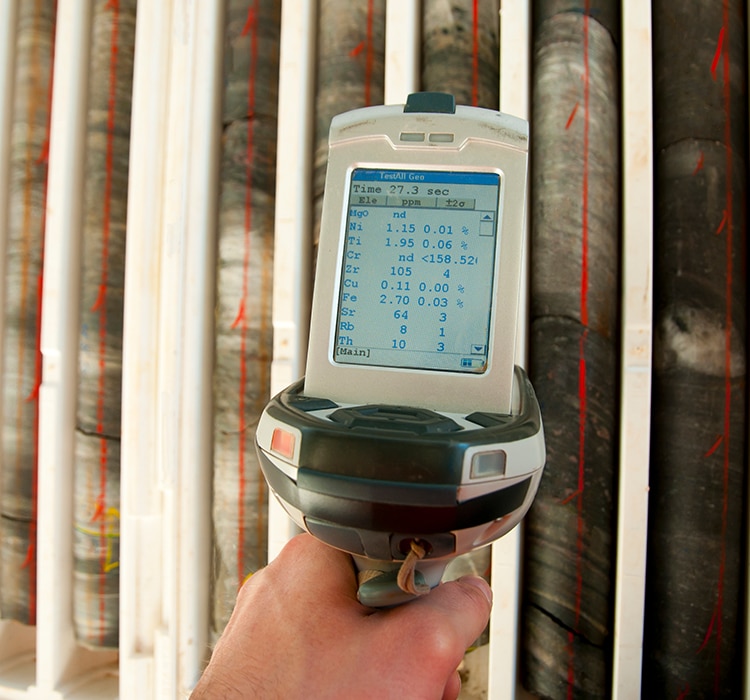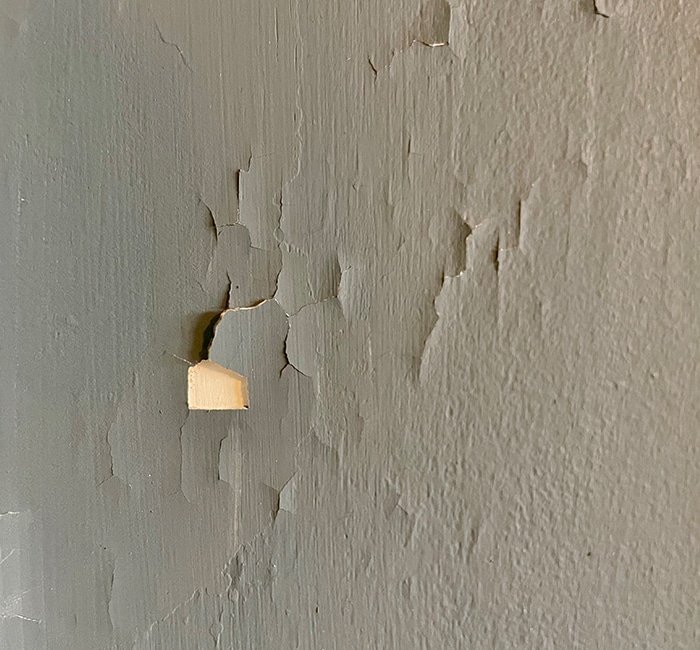
If you live in a home built before 1978, then you could have hazardous lead in paint, soil, and plumbing. Lead hazards should be addressed, because high lead levels can cause damage to the nervous system and kidneys and can cause stunted growth and developmental delays in children. In adults, lead can cause reproductive problems and is considered a possible or likely carcinogen. Prior to being banned in 1978, lead was added to paint to make it more durable and fresh looking, and to speed up drying. Home inspectors can perform a paint inspection and risk assessment to help you understand potential hazards before you buy a house, and some home inspectors are licensed to perform lead testing as well.
Before committing to buying a house built before 1978, home buyers must receive certain information from the seller, including an informational pamphlet about identifying and dealing with lead-based paint hazards, known information about the presence of lead-based paint, and language in the contract including a statement that the seller has complied with disclosure requirements. You also have 10 days to conduct an inspection or risk assessment for lead-based paint hazards and are encouraged to have lead testing by a certified tester before you buy.

The main lead hazard in homes is from lead-based paint. When this paint chips, it can be ingested by small children, who can suffer from health and developmental problems as a result. Unfortunately, lead paint chips have a sweet taste, which makes them more likely to be ingested by infants and toddlers who tend to put things in their mouths. Lead dust may also be found in soil surrounding the house, and it may be tracked inside where it can be ingested or inhaled. Just because a house has been repainted since 1978 doesn’t guarantee there are no lead-based paint hazards.
Homes built before 1986 are more likely to have lead plumbing pipes, fixtures, and solder. Lead can get into drinking water when plumbing materials are corroded, particularly in areas where water is more acidic or has a low mineral content, because these properties accelerate corrosion. Brass or chrome-plated fixtures with lead solder are also dangerous, allowing lead to enter the water. Unfortunately, even new homes with legally “lead-free” plumbing can contain up to 8% lead in the pipes. However, new laws will further reduce maximum lead content in pipes, fittings, and fixtures.
The older the house, the more likely it is to contain lead-based paint. Common locations for lead-based paint in older houses include:
Additionally, some vinyl mini-blinds were manufactured with high lead levels, and sunlight can break down the materials in the blinds, causing them to release dust contaminated with lead. Home inspection of older houses should include lead testing to help ensure the safety of your family. At MD Mold Testing, we are licensed to perform lead testing in addition to other hazard testing, and we serve the Washington DC, Montgomery County, Maryland, northern Virginia, and Delaware region.